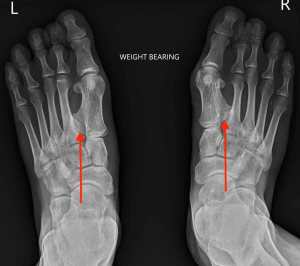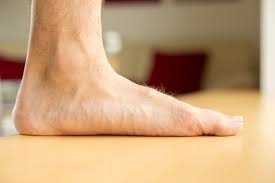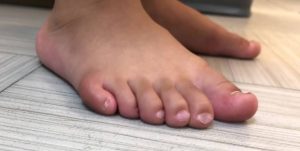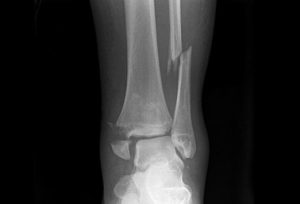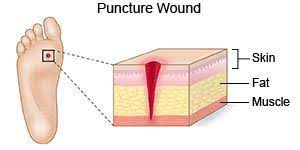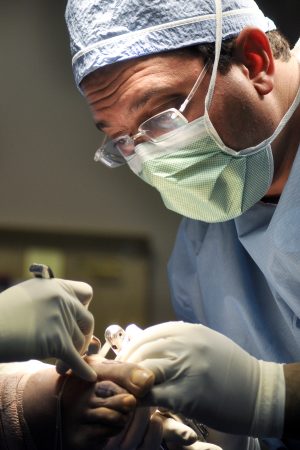
Podiatric surgery has increasingly integrated with other specialties and mainstream hospital systems around the world in recent years. This integration has been driven by the growing recognition of the importance of foot and ankle health in overall patient care and the need for a multidisciplinary approach to managing foot and ankle conditions. Here are some ways in which podiatric surgery has integrated with other specialties and mainstream hospital systems:
- Collaborative care models: Podiatric surgeons often work collaboratively with other healthcare providers, such as orthopedic surgeons, vascular surgeons, plastic surgeons, dermatologists, endocrinologists, and other specialists, as part of a multidisciplinary team approach to managing complex foot and ankle conditions. This collaborative care model allows for comprehensive evaluation, diagnosis, and treatment planning, leading to better patient outcomes.
- Inclusion in hospital systems: Podiatric surgery has been increasingly integrated into mainstream hospital systems, with podiatric surgeons gaining privileges to perform surgical procedures in hospitals alongside other surgical specialties. This integration allows for streamlined patient care, access to advanced surgical facilities, and coordination with other medical services, such as radiology, pathology, and anesthesia.
- Education and training: Podiatric surgeons receive extensive education and training in foot and ankle surgery, which is on par with other surgical specialties. This has helped establish podiatric surgery as a recognized specialty within the broader surgical community, leading to increased collaboration and integration with other specialties in hospital systems. Podiatric surgeons may also participate in interdisciplinary conferences, seminars, and workshops to enhance their knowledge and skills and foster collaboration with other specialties.
- Research and innovation: Podiatric surgeons contribute to research and innovation in foot and ankle surgery, leading to advancements in surgical techniques, implant technology, and treatment protocols. This research is often published in peer-reviewed journals and presented at national and international conferences, fostering collaboration and integration with other specialties.
- Patient-centered care: The focus on patient-centered care has also led to increased integration of podiatric surgery with other specialties. Many foot and ankle conditions, such as diabetic foot ulcers, Charcot arthropathy, and peripheral arterial disease, require a multidisciplinary approach involving podiatric surgeons, vascular surgeons, endocrinologists, and other specialists to provide comprehensive care to the patient.
- Improved patient outcomes: The integration of podiatric surgery with other specialties has been shown to improve patient outcomes. Collaborative care models, inclusion in hospital systems, and interdisciplinary approaches allow for better coordination of care, leading to more accurate diagnoses, optimal treatment plans, and improved patient outcomes.
In summary, podiatric surgery has integrated with other specialties and mainstream hospital systems around the world through collaborative care models, inclusion in hospital systems, education and training, research and innovation, patient-centered care, and improved patient outcomes. This integration has facilitated a multidisciplinary approach to foot and ankle health, leading to better patient care and outcomes.


